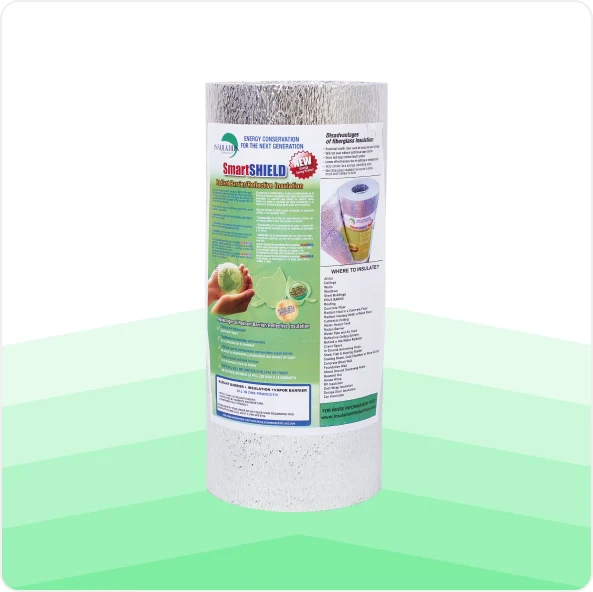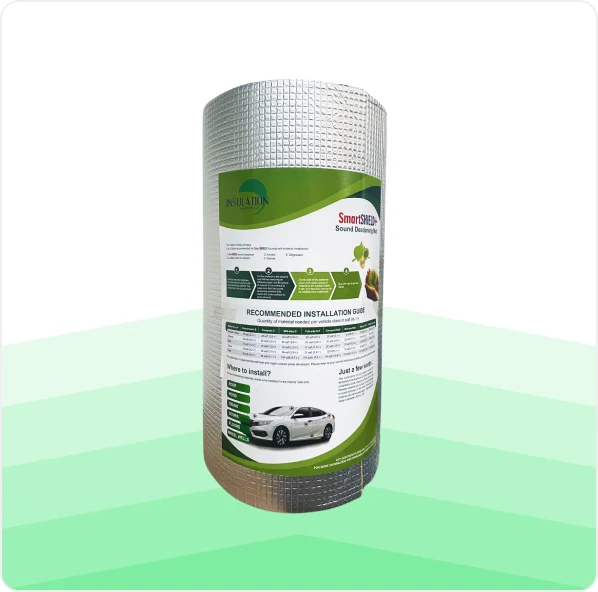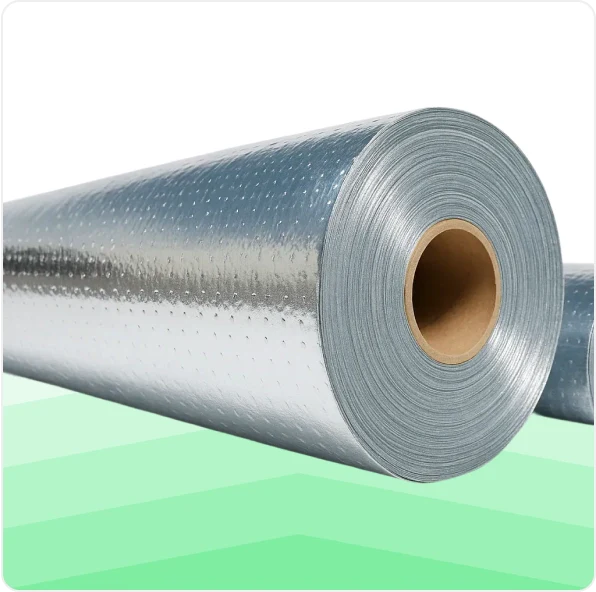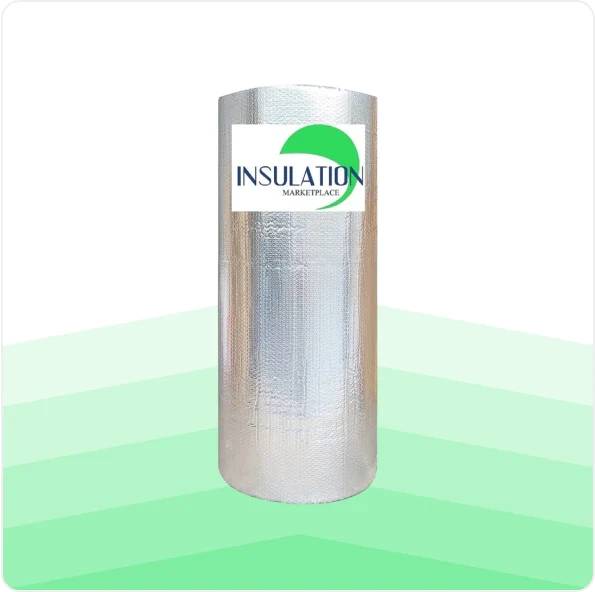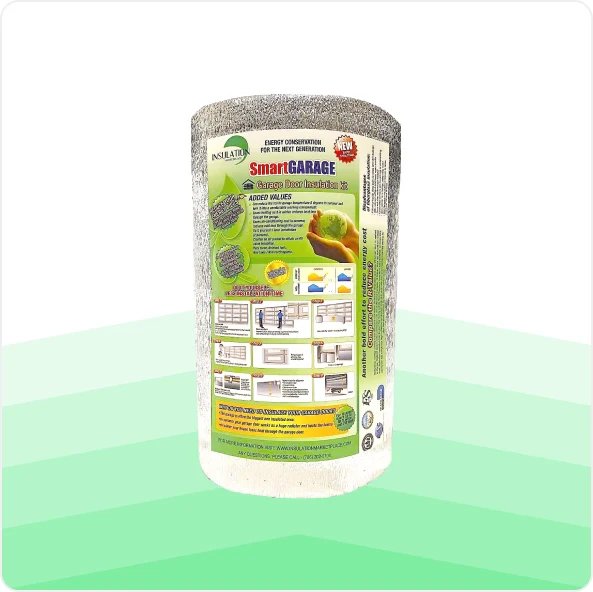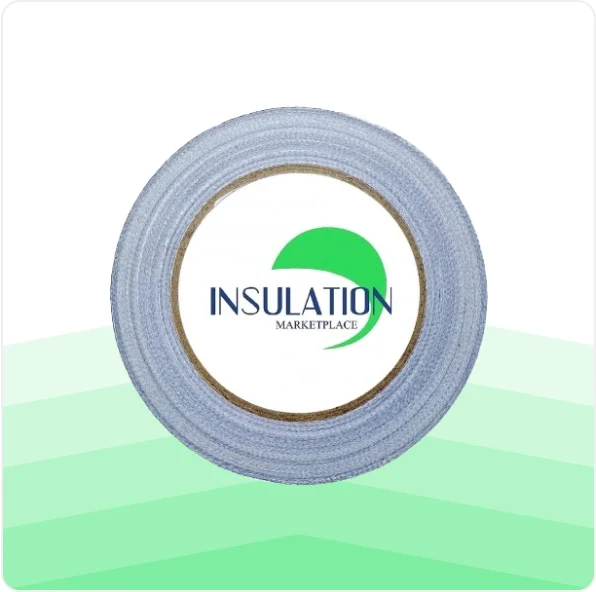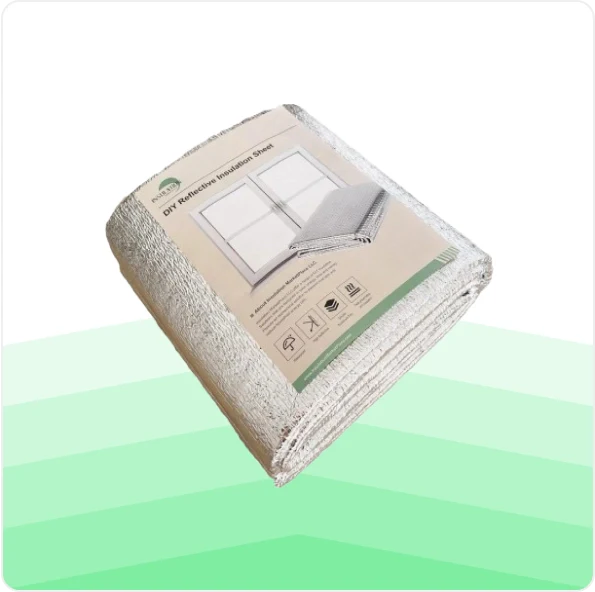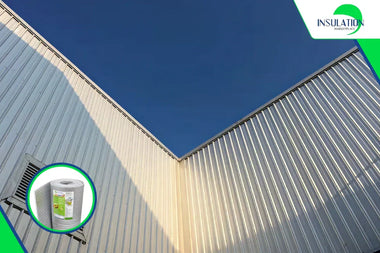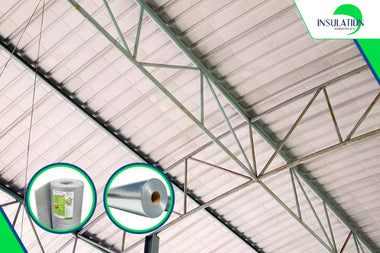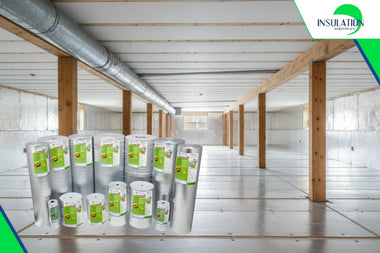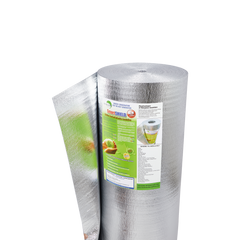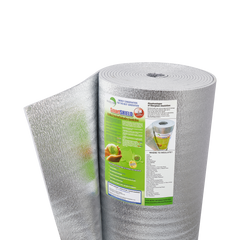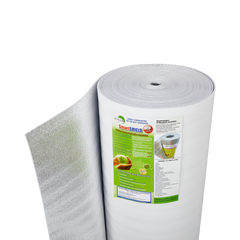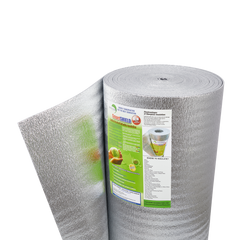When it comes to keeping your garage attic cooler and more energy-efficient, not all insulation performs the same. You might be wondering whether a radiant barrier or traditional fiberglass insulation is the better option for your space. The truth is, while both serve an insulating purpose, how they perform in hot garage attic environments can vary significantly.
In this article, we’ll compare garage attic radiant barrier vs fiberglass insulation and explain why reflective insulation often delivers better performance, especially in sun-exposed or high-temperature environments.
Why garage attics need specialized insulation
Garages and their attics are often built differently from the rest of the home. They typically have less ventilation, minimal airflow, and are more exposed to direct sunlight. As a result, they trap heat more efficiently and stay hotter for longer periods than insulated home attics.
Traditional insulation methods may help reduce heat transfer to a degree, but they’re often not enough on their own. That’s where a smarter approach to garage attic insulation comes in, starting with evaluating garage attic radiant barrier vs fiberglass insulation based on how they handle heat.
How radiant barrier insulation works in a garage attic
Radiant heat is the main culprit in garage attics, especially in the summer. It’s the type of heat that comes directly from the sun and radiates through your roof into the attic space. Unlike conductive heat that moves through solid materials, radiant heat travels in waves and raises the ambient temperature quickly.
Products like SmartFOIL and SmartSHIELD from Insulation MarketPlace are engineered with reflective foil surfaces that bounce radiant heat away from your space. When installed under rooflines or across attic rafters, they prevent that heat from entering in the first place.
This makes them especially useful in garage attics with metal roofs or minimal shading. While fiberglass tries to absorb and slow down heat once it has already entered, radiant barriers take a more proactive approach by stopping the heat before it gets inside.
At this point, you may be asking, “Is reflective insulation better than fiberglass?”. The short answer is yes, especially when dealing with the kind of radiant heat that dominates garage attic spaces.

Garage attic radiant barrier vs fiberglass insulation when it comes to heat control
Heat control is where radiant barriers shine. Radiant insulation works by reflecting heat before it ever enters your garage attic. This is very different from how fiberglass works. Fiberglass insulation attempts to slow down heat after it has already penetrated the space, using its thickness and air pockets to reduce conduction.
In hot climates or during peak summer hours, the radiant heat coming through your garage roof can be intense. This is where the difference between garage attic radiant barrier vs fiberglass insulation becomes clear. While fiberglass may help somewhat with conductive heat, it does not address the actual source of the heat gain in a garage attic, which is largely radiant.
In contrast, a radiant barrier placed just beneath the roof decking or across the rafters can block a significant portion of the heat from entering in the first place. This makes your garage cooler and reduces the workload on any attached rooms or systems like water heaters stored in the garage.
Why fiberglass falls short in garage attic insulation
Fiberglass is widely used in residential insulation, but it’s not without its downsides, especially in garage attics.
Here’s why:
- Fiberglass does not stop radiant heat
- It can retain moisture and lose effectiveness over time
- Gaps or compression during installation can reduce its thermal performance
- It requires protective gear for safe handling
While it has its place in home construction, fiberglass struggles in spaces exposed to high radiant energy, like a garage attic. In the debate between garage attic radiant barrier vs fiberglass insulation, fiberglass often lacks the versatility and effectiveness needed for this specific application.
What makes radiant barriers a better choice for garage attic insulation
Radiant barriers offer a cleaner, faster, and more targeted solution for heat control. At Insulation MarketPlace, we focus on DIY-friendly products like SmartSHIELD, SmartFOIL, and SmartBUBBLE, which are easy to install and highly effective.
Here’s what sets them apart:
- Reflects up to 97% of radiant heat
- Lightweight and flexible
- No skin or lung irritation during installation
- Works in attics, garages, walls, and more
Radiant barriers handle the actual type of heat your garage attic deals with daily, and they’re easier to install and maintain over time.

Smart insulation upgrades you can install yourself
For homeowners looking to take on insulation projects without hiring a contractor, Insulation MarketPlace offers several DIY-friendly solutions. SmartSHIELD and SmartFOIL are flexible, clean to handle, and effective in multiple applications, not just garage attics. They can be used in wall cavities, over garage doors, around water heaters, or under rooflines.
You can also explore SmartATTIC, which is specifically designed to seal around attic access points, another common source of heat gain. Together, these solutions make it easy to build a reflective barrier system that works throughout the garage and attic space.
So when comparing garage attic radiant barrier vs fiberglass insulation, remember that it’s not just about what keeps heat out, it’s about what fits your project goals, installation comfort, and long-term efficiency. Reflective insulation delivers on all of those fronts, making it a smart, modern choice for tackling extreme summer heat.
Check out the full range of reflective insulation products at Insulation MarketPlace to find the right fit for your next project.

